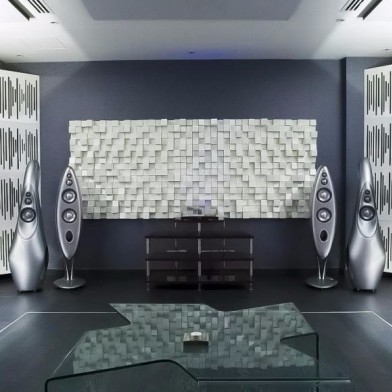Do you need to acoustically adapt your home studio, rehearsal room or study room?
- 09 August 2020 23:15:31
- Reviews: 0
- Views: 721
-

Do you need to acoustically adapt your home studio, rehearsal room or study room? Do you want to understand how to do it? Do you have limited funds and are you going to buy and install components yourself, or do you prefer to work with specialists?
If we don't solve the problem of isolation from ambient noise in a recording studio, it can make our job very uncomfortable and, in extreme cases, indelible on recordings, so that's a good thing: "Don't underestimate sound isolation." 
Construction vs Renovation
If you are planning to build a recording studio, consulting with experts is by far the best choice. They can design rooms for you with regard to their future use. However, in the case of small home studios, which are usually located in garages, basements, attics, etc., no one used suitable building materials, soundproofing, lighting, wiring, or possibly air conditioning during construction. In this case, modifications to the design are either of a smaller or larger scale.
Nothing is allowed inside and nothing outside
It's nice to know that whether it's a studio, a rehearsal room, or a director's workplace, there can be a risk of sound transferring from the environment into the room, but also in the opposite direction.
Double doors and windows are used to dampen crosstalk from the outside and vice versa.
One of the prerequisites for preventing the spread of sound is the complete closure of the space, that is, the filling of all possible openings, which can be holes and cracks, as well as vents, windows and doors. Of course, not everything is possible, and the supply of oxygen is also important. However, a sound wave can also pass through an obstacle, this is due to its wavelength. To some extent, this problem can be solved by building single or double "walls" and ceilings, where between the existing and the new structure there will be a filling of a material with a high sound absorption coefficient.
At the same time, we want to preserve as much space as possible, so this design should not be too deep. These criteria are probably best met by a combination of drywall and mineral wool. This solution is effective if the total depth of the structure is more than a quarter of the sound wavelength.


